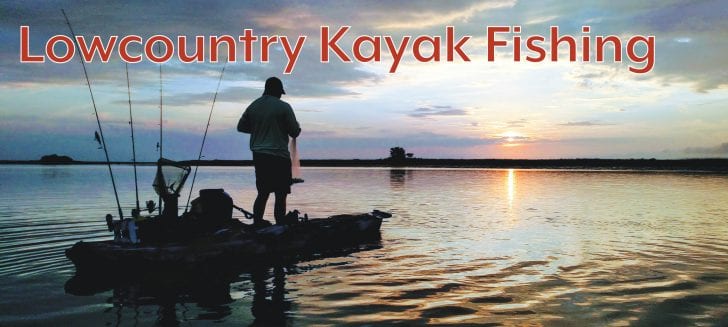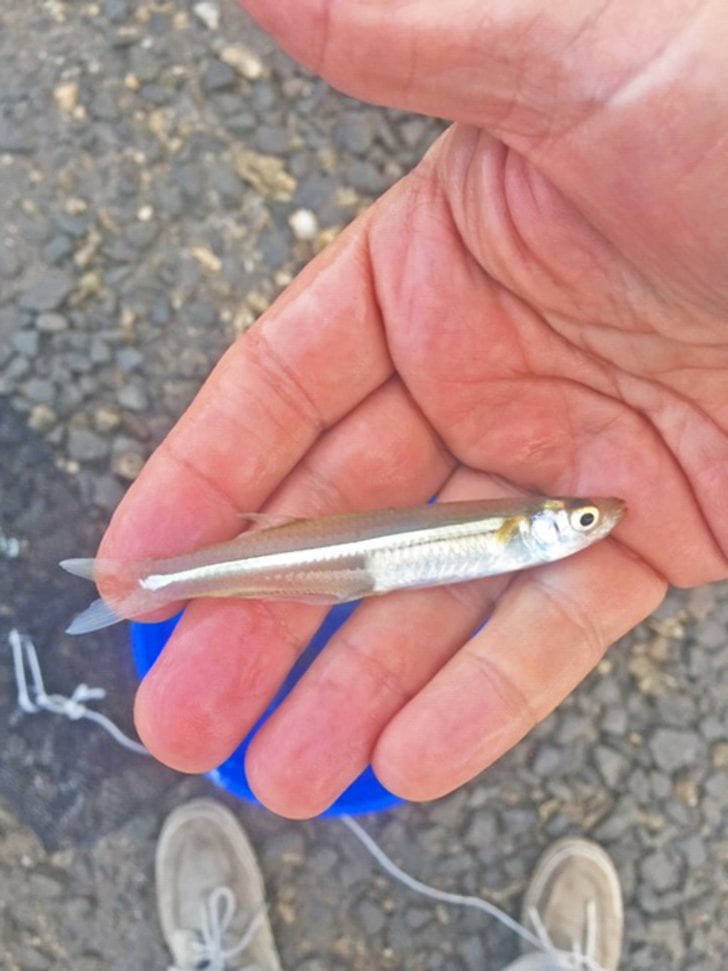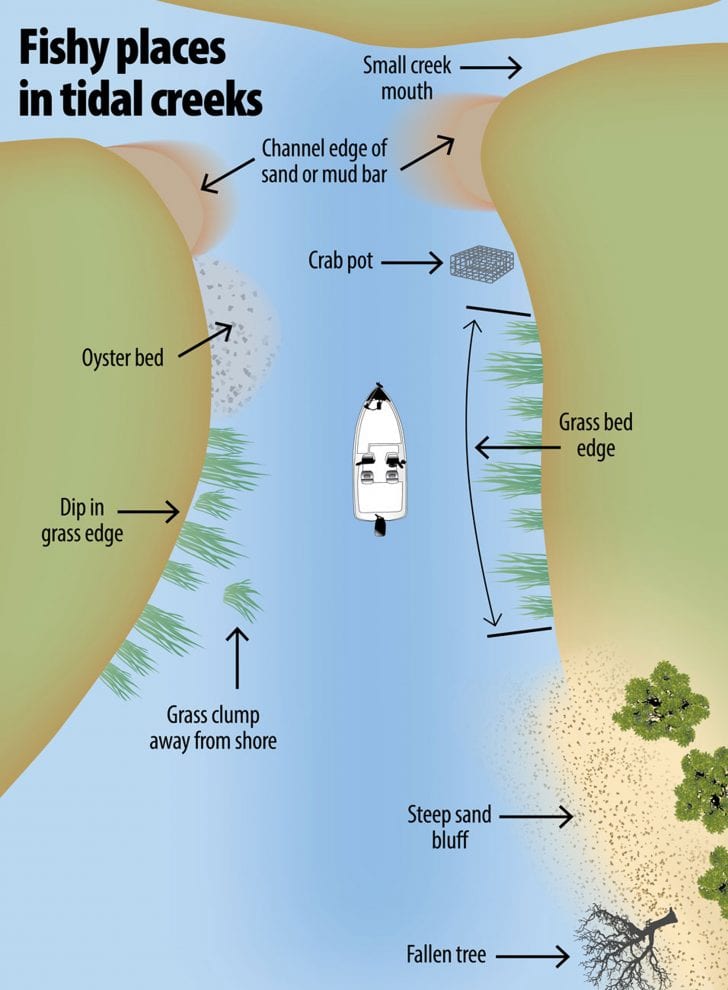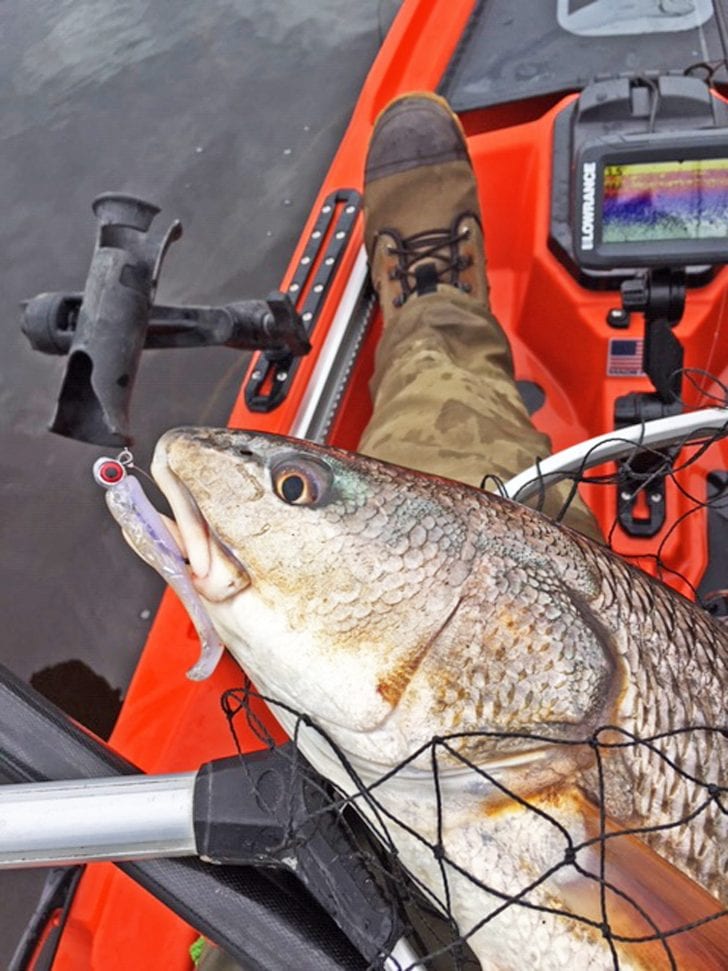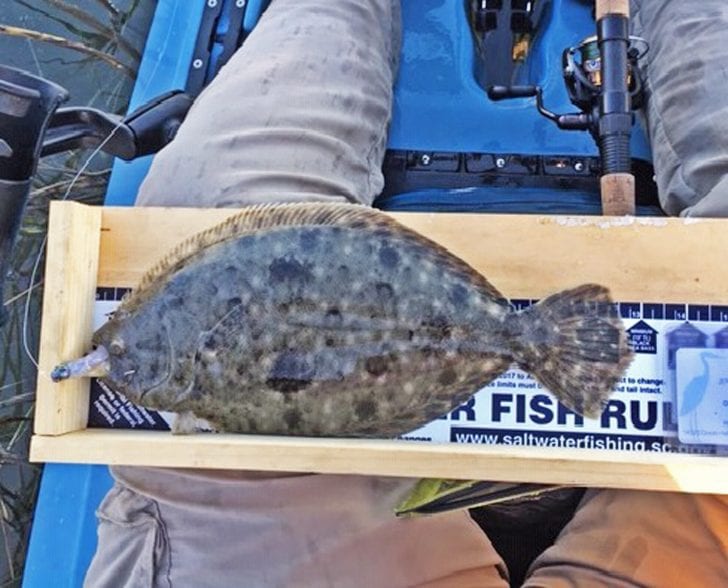The inshore slam consist of catching a Red Fish, a Flounder and a Speckled Sea Trout on the same day.
For some it seems to be the impossible mountain to climb, the unattainable and just too intimidating to go after.
May 18th will be the next LKA Inshore Trail Series Event (it will be held in Murrells Inlet) and the inshore slam will be the target for the tournament though with a twist but I will get back to that.
Let’s talk about how to target three different species of fish at the same time.
Let’s talk about how to target three different species of fish at the same time; it starts with what they eat.
Anchoa mitchilli or more commonly known as the glass minnow range from Maine through the Gulf of Mexico in great abundance.
They are easily recognized by the fact that they are transparent with a broad silver stripe down the side and are seldom over three inches long.
This small fish is a staple for a large variety of inshore fish to include the Flounder, Red Fish and Speckled Trout.
So with the first part of the puzzle found, the second is to find artificial baits that most closely imitate the glass minnow.
Enter a low country favorite the Zman Slim Swim and the Swimming Trout Trick in the color of “opening night”.
These soft plastic baits paired with Eye Strike jig heads do a great job of mimicking a swimming glass minnow.
Obviously this is just one of many artificial types of bait you can use.
Obviously this is just one of many artificial types of bait you can use, but this one is easy to find, inexpensive and easy to use.
The next piece of the puzzle is a little more challenging and that is location or habitat in which you can find each of the species.
Two of the three species, trout and flounder are ambush predators; they chose spots just out of the hard current to wait for bait to tumble by that they can dart out and attack.
Red Fish on the other hand will chase after their food patrolling up and down grass lines and tailing on flats.
Trout and Flounder primarily feed when the water is moving as it brings their food to them.
Taking this back to Murrells Inlet, if the tide is falling you should be looking for points formed by creek mouths or oyster mounds.
When you find such a spot position yourself downstream and cast upstream above the point, this way your bait presentation will look like a minnow caught up in the current as it tumbles by the point.
A sandy bottom is a plus because flounder tend to hang on sand bottoms as opposed to mud ones.
Once the tide has bottomed out, spotting Red Fish moving up and down the grass lines of creeks becomes much easier; they create a very visible wake as they chase after their meal.
With a Red Fish you just need to get the bait in front of them; they will take care of the rest.
For the May Trail Event if you can get up to Murrells Inlet and pre-fish, pick a day that you can be there thru the low tide.
You can learn a lot about where the fish might be by seeing what the creeks look like.
You can learn a lot about where the fish might be by seeing what the creeks look like with very little water in them.
Now for the twist with the May Trail Event, we will fish for all 3 inshore slam species but only the two biggest fish of different species will count towards your score.
So if you do not catch one of the species it does not hurt you, I hope to see lots of new faces at our May Trail Event, follow us on Face book for updates.
Tight Lines!
Mike Kohler
LKA Tournament Director
You may also enjoy reading The Reds Are Chewing, The Reds Are Chewing!

